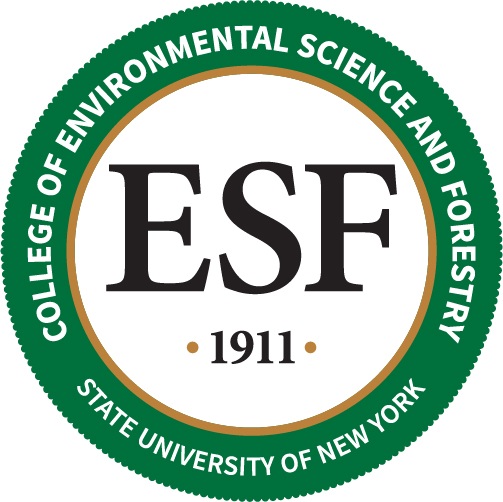Newswise — The SUNY College of Environmental Science and Forestry (ESF) has a new role as host of the New York Natural Heritage Program, a project worth $6.3 million to support a cadre of biologists who assess the state of biodiversity in New York.
The college, in Syracuse, N.Y., has already received $3.3 million to host the core portion of the Natural Heritage Program and is expected to get another $3 million in the coming months to support the work of additional Heritage Program staff. Even more funding will follow.
"It's actually a dream job for many of us. Heritage staff spend a lot of time in the field making sure that they understand where rare plant and animal species are throughout the state," said Dr. Donald J. Leopold, the chair of ESF's Department of Environmental and Forest Biology and principal investigator for the project. "It's really exciting, important work and is very relevant to many of my colleagues and our students."
The Natural Heritage Program works out of the state Department of Environmental Conservation (DEC) offices in Albany. Leopold said scientists will continue to operate out of Albany but the program will be administered through ESF. He said the arrangement could mean rich educational and internship opportunities for ESF students.
"Joining ESF gives us more direct access to additional expertise that we need to be effective in our work," said D.J. Evans, director of the New York Natural Heritage Program.
Evans said, "We selected ESF as a host because of its outstanding reputation in environmental research and education, and the strong alignment between its programs, and our work."
The Natural Heritage Program was put in place to help agencies and organizations set priorities in land management and conservation, she explained.
The funding will support the salaries of botanists, zoologists and geographic information specialists who work in the field to determine where the rare species are located throughout the state. The scientists determine if species of concern still exist, how many there are and where they are.
From there, the information is put into a database that allows scientists to analyze the findings and determine further conservation strategies.
Leopold said the relationship between ESF and the Heritage Program is complementary because the grant provides the scientists who travel the state to collect data and ESF provides additional scientific expertise and analytical abilities to help understand what the information means.
Throughout the country, state Heritage Programs work closely with state agencies, such as the DEC, and conservation organizations like The Nature Conservancy.
Leopold said a public component involving education and participation by citizens to look for rare plants and animals could be developed in connection with the Heritage Program. The program's presence at ESF could also be linked to the college's Roosevelt Wild Life Station, directed by Dr. James Gibbs. The focus of the Wild Life Station on conservation of rare and endangered species fits with the goal of the Heritage Program and the analytical work being done at ESF, Leopold said.
